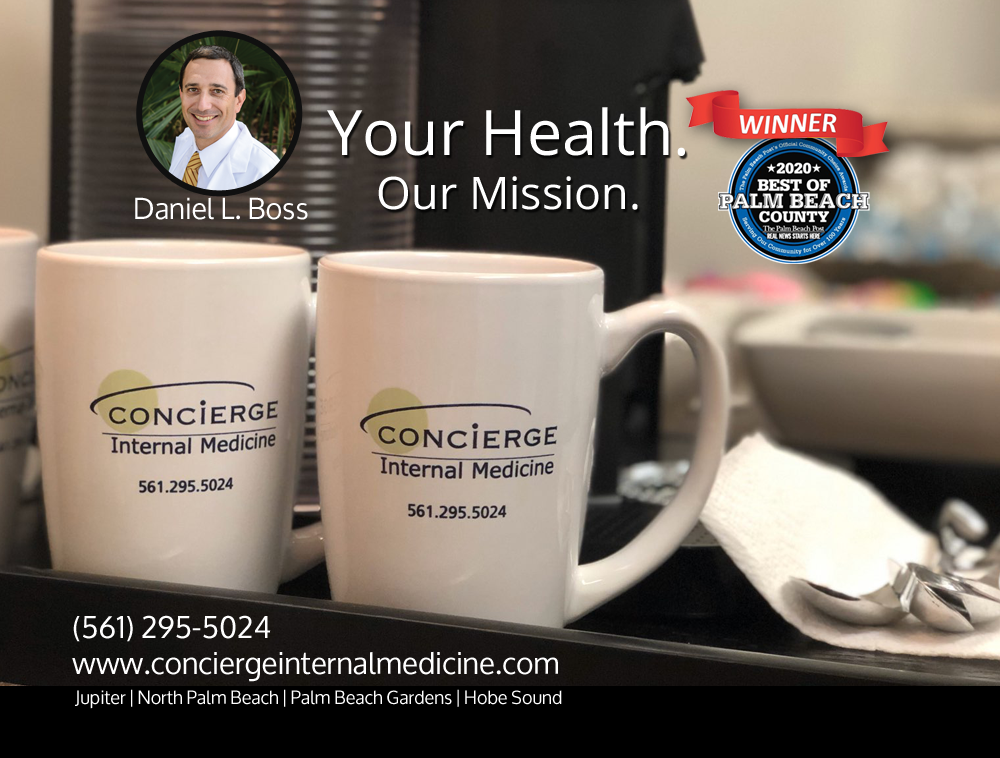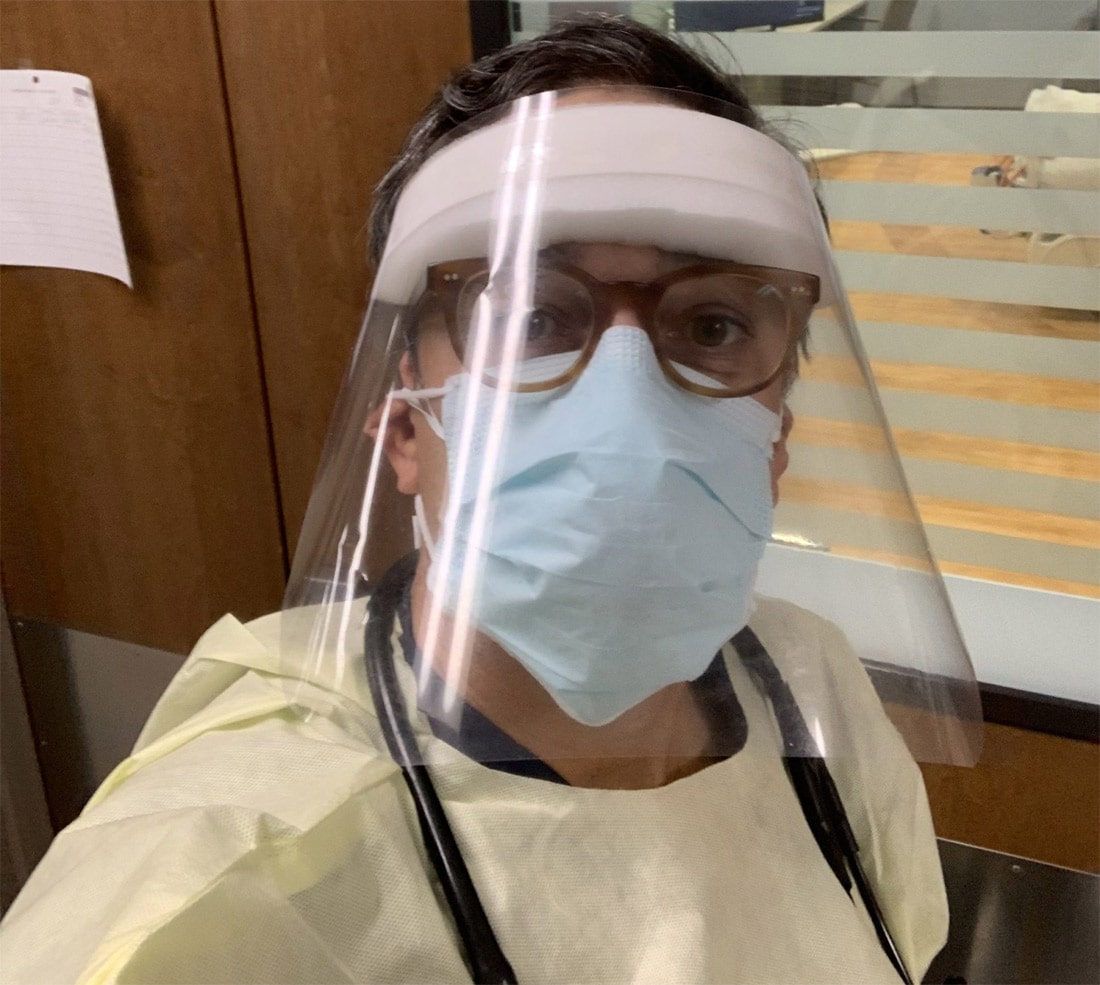As a Board-Certified Internal Medicine physician, Daniel Boss, MD, takes a personalized approach to patient care. He focuses on understanding each patient’s habits and stress triggers, recognizing how these behaviors can impact overall health. Dr. Boss is passionate about helping patients identify and break away from addictive patterns, like vaping, and supports them in developing healthier, more productive choices.
How Vaping Affects Blood Glucose
Vaping, or the use of electronic cigarettes (e-cigarettes) to inhale substances such as nicotine, has become increasingly common. Although promoted as a less harmful alternative to traditional cigarettes, research has uncovered potential risks, including its effects on blood glucose levels. This issue is especially significant for adults between the ages of 30 and 65, as they are more likely to develop chronic health conditions, including diabetes.
Nicotine, a key ingredient in many vaping liquids, has a notable effect on the body’s endocrine system. It prompts the release of stress hormones like adrenaline and cortisol, which signal the liver to release glucose into the bloodstream. This process can cause temporary elevations in blood sugar levels. For individuals with diabetes or prediabetes, such changes make it more challenging to maintain stable glucose levels and can heighten the risk of complications over time.
In addition to nicotine, other substances found in e-cigarette liquids, such as flavoring agents, may contribute to blood sugar imbalances. These ingredients have been linked to oxidative stress and inflammation, both of which can reduce insulin sensitivity and impair the body’s ability to regulate glucose.
Risks for Midlife Adults
For people aged 30 to 95, a life stage often associated with weight changes, decreased physical activity, and hormonal shifts, vaping can pose additional risks. This age group is already more vulnerable to developing type 2 diabetes, and the strain that vaping places on the body’s metabolic systems can exacerbate these risks.
The addictive nature of vaping makes it particularly concerning. Consistent nicotine use can result in frequent blood sugar fluctuations, forcing the pancreas to work harder to produce insulin. Over time, this added strain may lead to insulin resistance, a decline in pancreatic function, and an increased likelihood of metabolic disorders.
Making Informed Choices About Vaping
While vaping may offer some benefits for those trying to quit smoking, it is not free of health risks. Dr. Boss encourages adults, especially those with a family history of diabetes or other metabolic concerns, to carefully weigh the potential downsides. For individuals who vape, regular monitoring of blood glucose levels and consulting with a healthcare provider can help identify and manage risks early on.
Shifting from Addiction to Healthy Habits
Dr. Boss is dedicated to guiding patients away from harmful behaviors like vaping. By addressing underlying stressors and promoting healthier alternatives—such as stress-reducing activities, exercise routines, and dietary improvements—he helps patients replace detrimental habits with ones that support long-term health. Understanding the link between vaping and blood glucose levels is essential for making informed decisions about health. Nicotine and other compounds in e-cigarettes can disrupt glucose metabolism, increasing risks for both diabetic and non-diabetic individuals. For adults in midlife, choosing healthier behaviors and seeking professional support can help prevent chronic health conditions and promote overall well-being.








